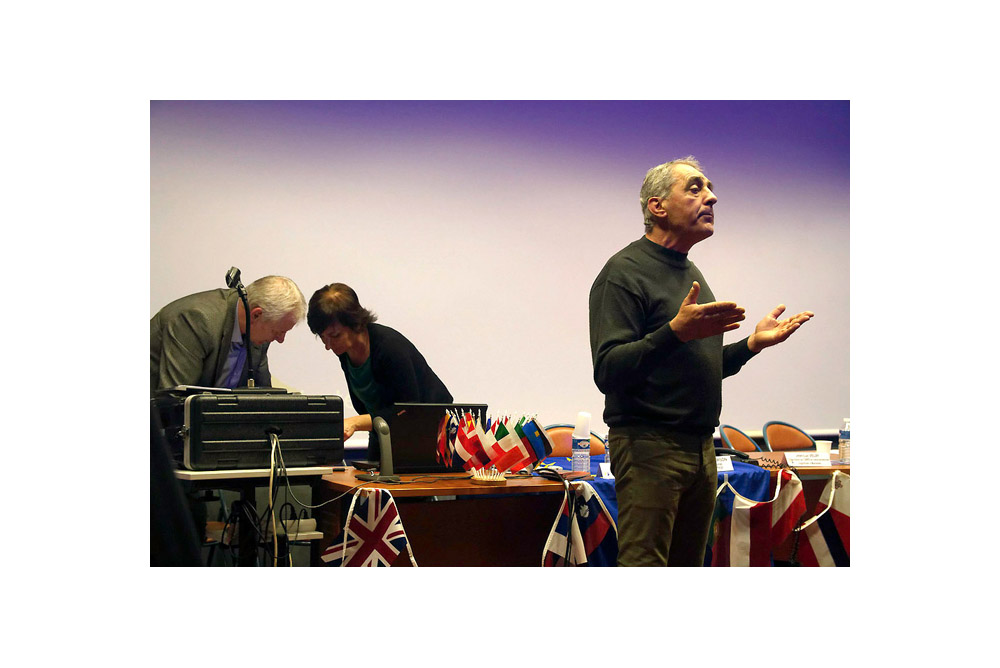
First event of Erasmus+ project, This first day is dedicated to teaching approaches.
High school students public in the morning, teachers and educational instructors in the afternoon
- 10:00 Presentation of a cooperative French-Polish high school creation “The Hybrid Book” from the Erasmus+ project by Vicktoriia Lavrynenko, Teacher from Pelplin high school and Christophe Vivian, teacher from Golf Hotel high school in Hyeres and their classes.
- 10:30 Bibliomix: Readings and sharing thoughts on «Thumbelina » by Michel Serres with a class from St Exupery high school. Reading of extracts by librarians of the media library. Mediator: Bernard Vanmalle.
- 13:30 Presentation of the European Project in the presence of its 5 European partners.
- 13:45 Speech by Cristina Grigori : « Romanian Pupils and Reading »
- 14:00 Presentation by Jean-Luc Velay, researcher for the CNRS in cognitive neurosciences in Marseille on his study of adolescent reading in Saint-Raphael.
14:30 Presentation by Jeffrey Howson, International Educational consultant, on the « ereader educational experiments in English schools » - 15:30 Presentation of the platform Twinning by Joël Mathieu and Maria Cristina Avrand from la Dareic, André Bertola from Canopé
- 15:45 In the presence of Joel Mathieu, Academic delegate of European, International and Cooperative Relations. Presentation of National and European quality labels to ten professors, project founders of eTwinning with foreign partners. Presentation by project laureats.
- 16:30 Presentation of the laureats’ projects and discovery of digital tools with the Varois ambassadors on the eTwinning
EXTRACTS FROM THUMBELINA OF MICHEL SERRES
Michel Serres, born on Septembre 1st 1930, is a French philosopher, historian of sciences and man of letters, elected to the Académie française. He wrote a book « Thumbelina » which speaks about young people today facing the digital transformation and has a positive look about young people and their future’s perspective.
FIRST EXCERPT
These children inhabit the virtual. The cognitive sciences have shown us that using the Internet, reading or writing messages (with one’s thumb), or consulting Wikipedia or Facebook does not stimulate the same neurons or the same cortical zones as does the use of a book, a chalkboard, or a notebook. They can manipulate several forms of information at the same time, yet they neither understand it, nor integrate it, nor synthesize it as do we, their ancestors.
They no longer have the same head.
With their cell phone, they have access to all people; with GPS, to all places; with the Internet, to all knowledge. They inhabit a topological space of neighborhoods, whereas we lived in a metric space, coordinated by distances.
They no longer inhabit the same space.
Without us even realizing it, a new kind of human being was born in the brief period of time that separates us from the 1970s. He or she no longer has the same body or the same life expectancy.
They no longer communicate in the same way; they no longer perceive the same world; they no longer live in the same Nature or inhabit the same space.
Born via an epidural and a programmed pregnancy, they no longer fear, with all their palliatives, the same death.
No longer having the same head as their parents, he or she comprehends differently.
He or she writes differently. After watching them, with admiration, send an SMS more quickly than I could ever do with my clumsy fingers, I have named them, with as much tenderness as a grandfather can express, Thumbelina (Petite Poucette) and Tom Thumb (Petit Poucet). These are their real names, much nicer than the old pseudo-scientific French word, dactylos (typists).
They no longer speak the same language. Since the time of Richelieu, the French Academy has published its own dictionary, every twenty years or so, as a reference work. In prior centuries, the difference between the two publications was four to five thousand words, a fairly constant measure. Between the current dictionary and the next one, the difference will be around thirty-five thousand words.
With this rhythm, it is obvious that our descendants will soon find themselves as distant from our language as we are, today, from the Old French spoken by Chrétien de Troyes or Jean de Joinville. This gradient provides a quasi-photographic sign of the changes I am describing. This immense difference, which affects most languages, is derived in part from the changes between the jobs of recent years and those of today. Thumbelina and her friend will no longer have to apply themselves to the same kind of work.
Language has changed, and work has mutated.
(From Thumbelina : The Culture and Technology of Millennials Michel Serres Translated to English by Daniel W. Smith) p.12
SECOND EXCERPT
What to transmit? Knowledge!
Until fairly recently, the support of knowledge was the body of the knower, such as a storyteller or a bard. The body of the pedagogue was itself a living library. Gradually, however, knowledge became objectivized, first in scrolls or on pieces of vellum or parchment, which were the supports of writing; then, during the Renaissance, in books made out of paper, which found their support in the printing press; and finally, today, on the web, which is the support of email messages and information.
The historical evolution of the support-message couple is a good variable by which to assess the function of teaching. Teaching has changed, rather suddenly, at least three times. With writing, the Greeks invented paideia; after the printing press, treatises on pedagogy proliferated. Today? I repeat.
What to transmit? Knowledge? It is already available and objectivized on the web. Transmit it to everyone? Knowledge is already accessible to everyone. How to transmit it? Done!
With access to people through cell phones, and access to places through GPS, access to knowledge is now open. In a certain manner, it has already been transmitted, always and everywhere.
THIRD EXCERPT
Yet for the first time in history, the voice of almost everyone can be heard.
Human speech vibrates in space and throughout time. Small and silent villages, whose calm was broken, rarely, by bells and clocks—law and religion, the sons and daughters of writing—were replaced by the vast and noisy expanse of these networks. This is such a widespread phenomenon that we need to pay attention to it.
It is the new noise of the depths, a cacophony of clamoring voices—private, public, permanent, real or virtual—a chaos that includes all the outdated motors and electronic devices of the society of the spectacle. It reproduces on a large scale the mini-tsunami of chatter that has invaded our classrooms and lecture halls. Or rather, the latter is a reduced model of the former. Do these thumb-chats, these cacophonies of the world, herald an era in which a second oral age will join hands with virtual writings? Will the waves of this novelty wind up drowning the age of the page that has formatted us? For a long time now, I have heard this new oral age emanating from the virtual.
This general demand to be able to speak is analogous to the singular demand that Thumbelina articulates in schools and universities. It is the expectation of hospital patients and employees at work. Everyone wants to speak, everyone now communicates with each other through countless networks. This tissue of voices harmonizes with the network of the web; they are in sync with each other. This new democracy of knowledge already exists in places where the old pedagogy has exhausted itself and the new one is being sought, with as much persistence as there is difficulty. In general politics, it corresponds to a democracy-in-formation that, soon, will become inescapable. The political supply, concentrated in the media, will die; while the political demand, which is enormous, will rise up and exert its pressure, even if it cannot yet express itself, and indeed does not know how. The voice used to cast its vote on a paper ballot, narrow and perforated, local and secret. Today, its ever-present noise occupies the totality of space. The voice is permanently casting its vote.
Conception
- Association Les Ailes du vent and City of Saint-Raphaël.
Partners
- Ville et Médiathèque de Saint-Raphaël (FRA)
- Association « les Ailes du Vent » (FRA)
- Zespol Szkol Ponadgimnazjalnych (Pelplin/POL)
- Lycée Professionnel Golf Hôtel (Hyères/FRA)
- Lycée Saint-Exupéry (Saint-Raphaël/FRA)
© Jean Belvisi photography / 2015
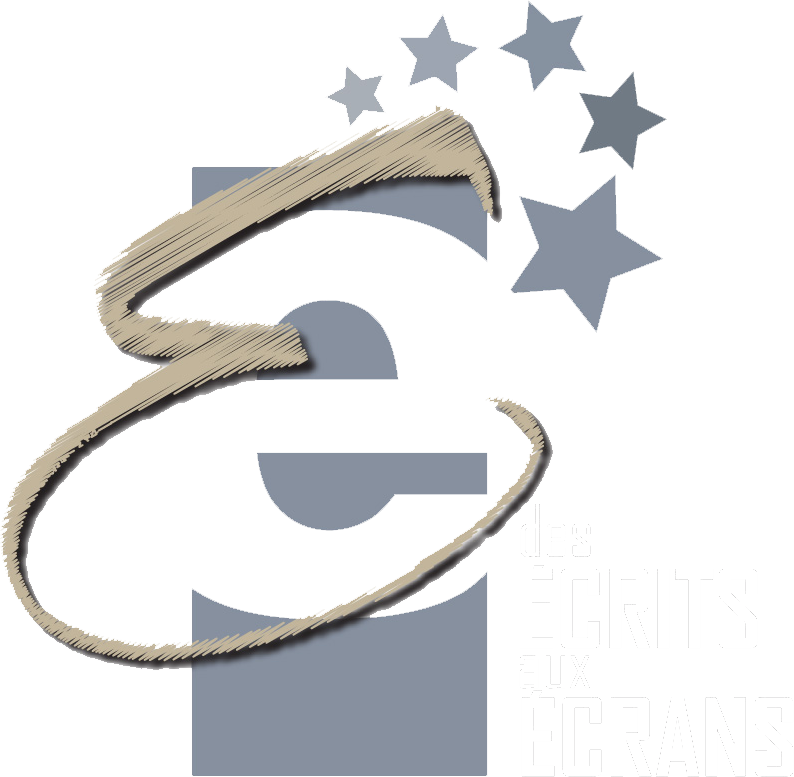
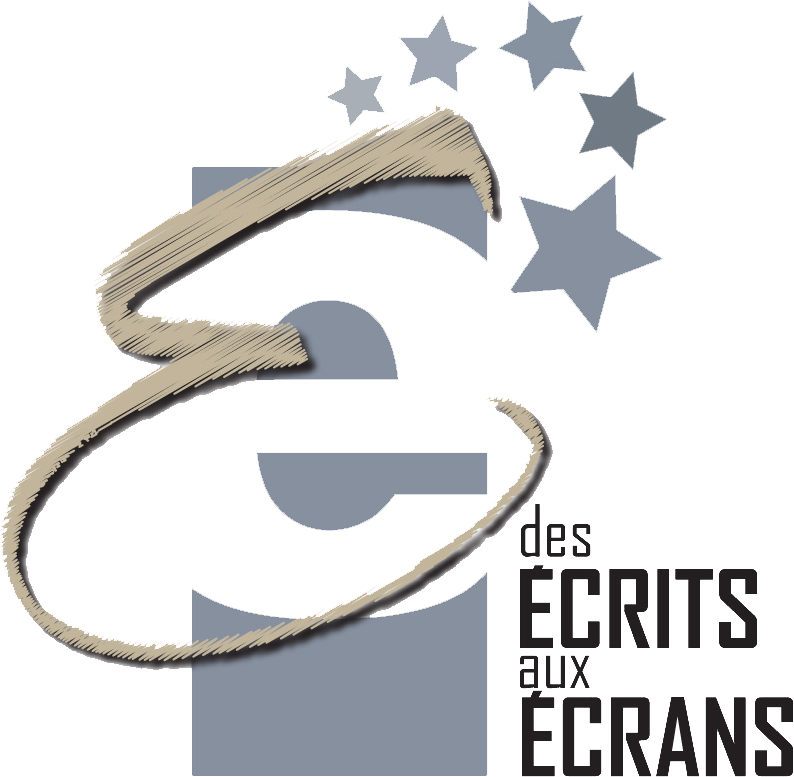
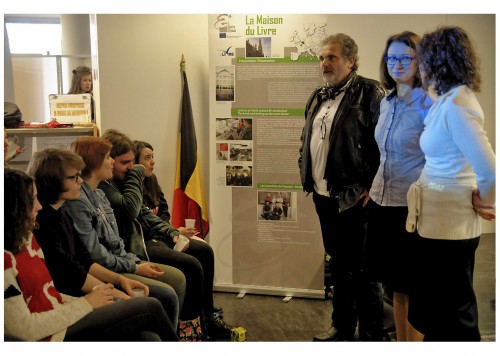
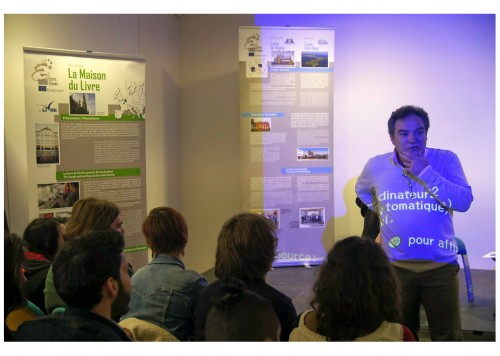
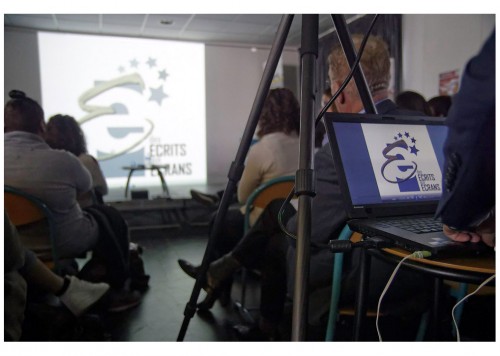
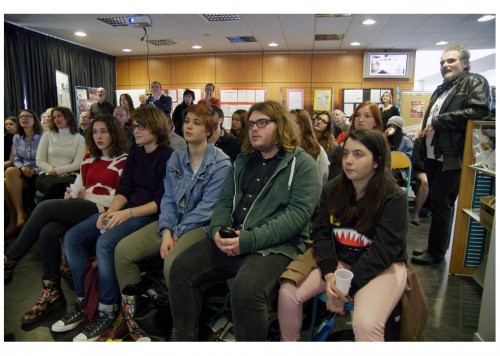
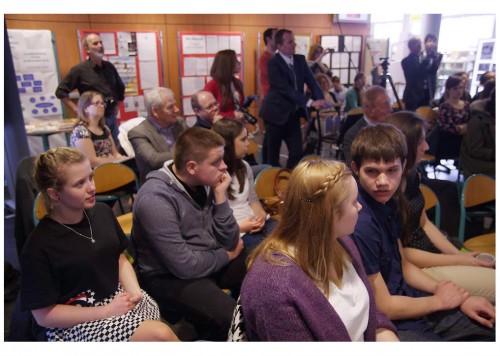
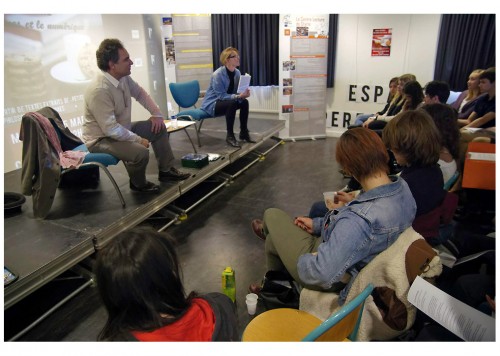
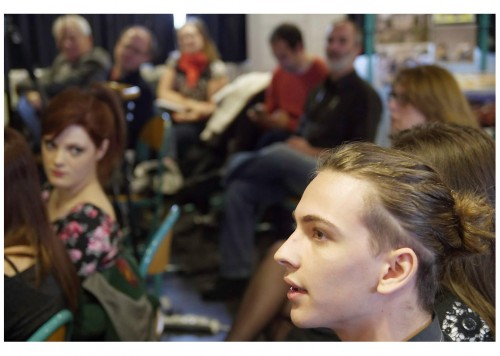
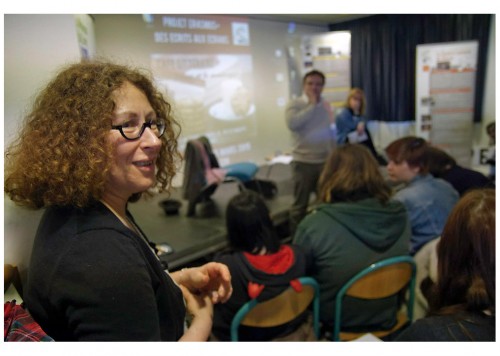
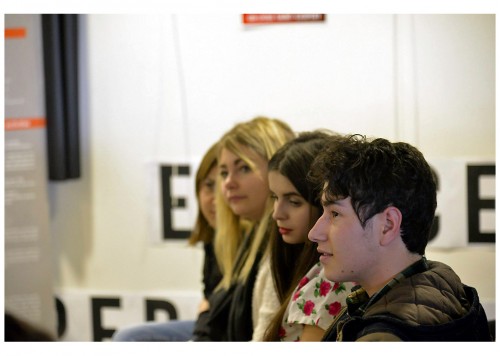
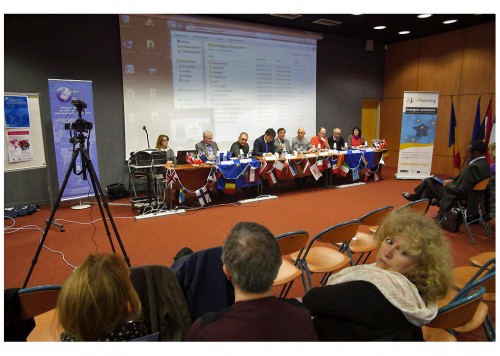
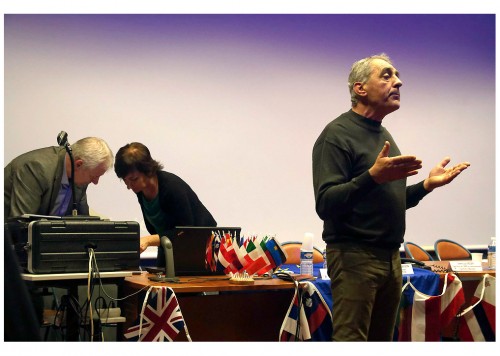
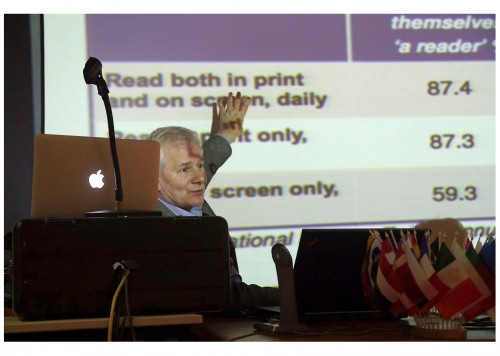
![EU flag-Erasmus+_vect_POS [RGB]](https://www.scriptanumerica.eu/wp-content/uploads/2014/11/EU-flag-Erasmus-_vect_POS-RGB.png)